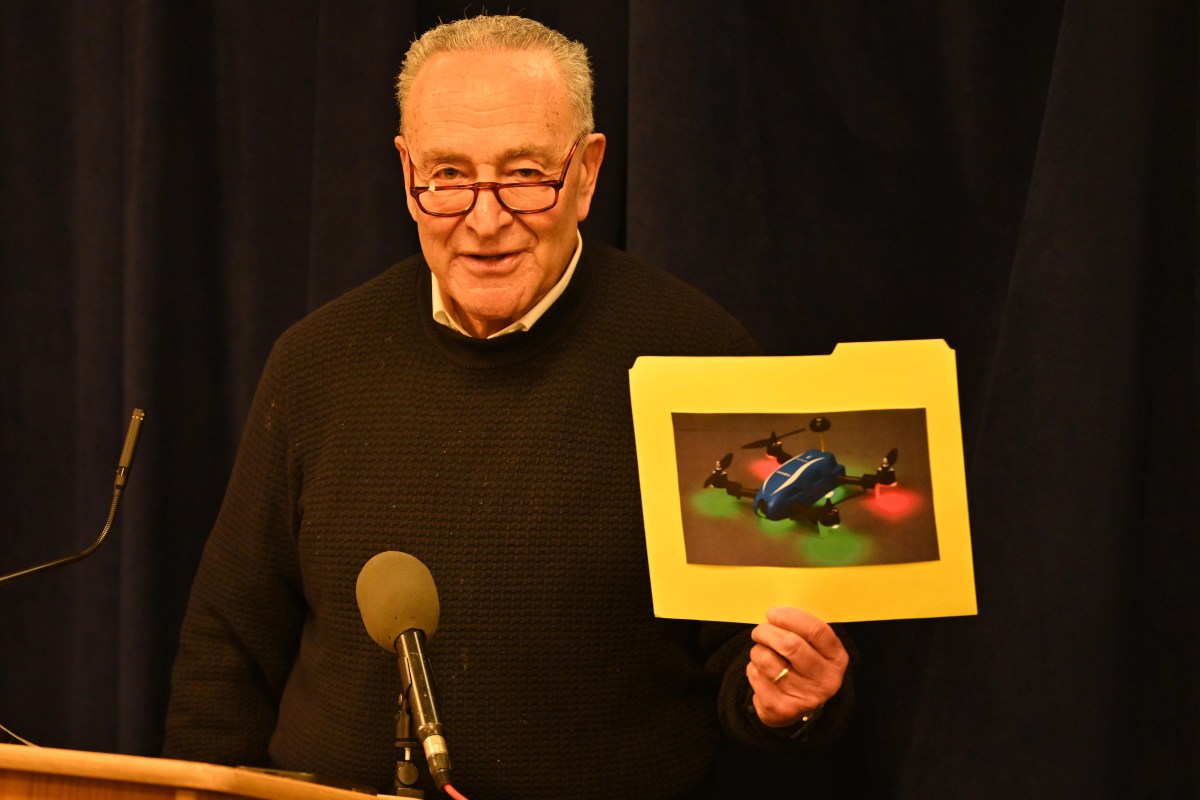Forty years after his assassination, Robert F. Kennedy’s name will still live on in New York City. The New York State Assembly recently passed a bill to rename the Triborough Bridge in Astoria after the historic political figure, who was on his way to becoming the Democratic nominee in the 1968 presidential election. Kennedy was then shot in early June of that year.
Sheldon Silver, Assembly Speaker, announced the Assembly’s final legislative passage of the measure last week.
“The State of New York and our entire nation were enriched by Robert F. Kennedy’s service as the sixty-fourth Attorney General of the United States, and trusted advisor to the president,” he said. “As a member of the president’s cabinet, Robert F. Kennedy was instrumental in averting untold disaster during the Cuban Missile Crisis of 1962.”
Besides his bid for the presidency, Kennedy represented the state of New York in the U.S. Senate from 1965 until his death in 1968.
Kennedy’s ties to New York go back even further than his time as a U.S. Senator, though.
His family moved to Riverdale, New York in 1927, two years after he was born. The Kennedy family then moved to Bronxville, New York in 1929 where they lived until 1942.
According to Fisa Moyo, a spokesperson for Silver, the original proposal to rename the bridge came from former New York Governor Eliot Spitzer in conjunction with the Robert F. Kennedy Memorial. Spitzer proposed the idea in his State of the State address in Albany in early January of this year.
Mike Gianaris, an assemblymember representing Astoria and one of the sponsors of the Assembly’s bill, said that the renaming of the bridge is a “very appropriate way to remember a great leader.”
“[Astoria] has always been home to the type of people who Robert F. Kennedy spoke to,” he explained about why the renaming of the bridge would benefit the community.
Gianaris said that these people, many of whom are immigrants, “work very hard to live a better life.”
Silver shared similar sentiments when he announced the Assembly’s decision.
“Common throughout Kennedy’s many works was an effort to bridge gaps among persons of diverse racial, ethnic and economic backgrounds,” he said.































